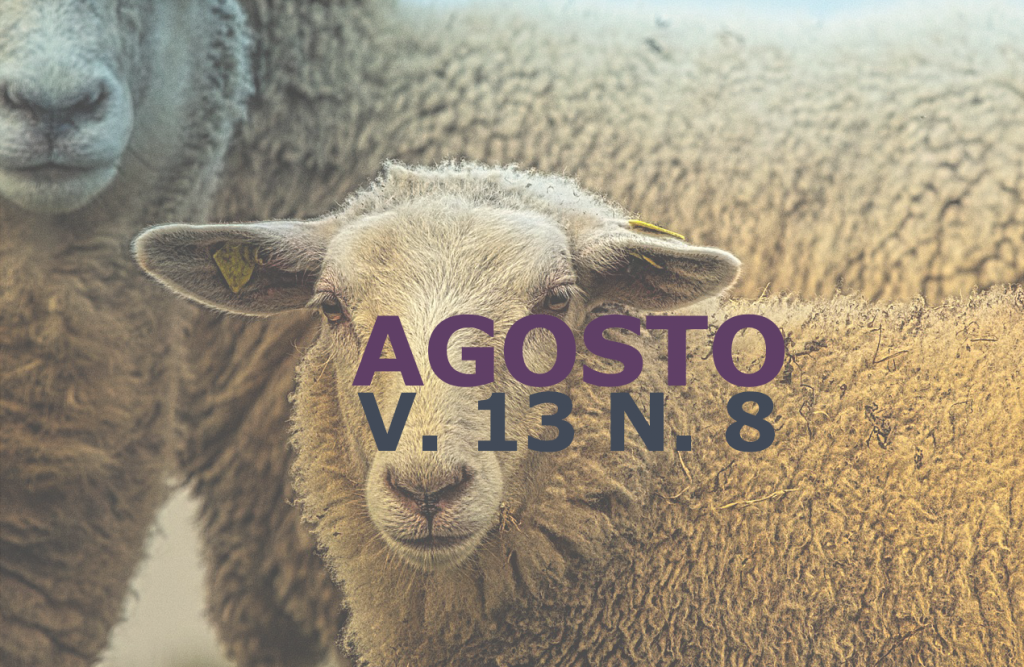Development, physicochemical and microbiological evaluation of tambaqui flour, Colossoma macropomum (Cuvier, 1818)
DOI:
https://doi.org/10.31533/pubvet.v13n8a388.1-7Keywords:
Quality control, bromatology, food technologyAbstract
Fish meat is the most consumed protein source of animal origin in the world, in the North the consumption is around 135 kg per capita / year. Fishmeal, although little known and used throughout the Brazilian territory, has been gradually discovered by nutritionists and followers of healthy food. This work aims to evaluate the physico-chemical and microbiological characteristics of a protein meal developed from Tambaqui (C. macropomum). In this sense, determinations were made for proteins, lipids, ashes, moisture, carbohydrates and caloric value. All analyzes were done in triplicate. Proteins were determined by the Kjeldahl method, through digestion, distillation and titration of the sample for determination of total nitrogen. For extraction of the lipids approximately 10 g of each sample were weighed and determined by the method of Bligh and Dyer (1959). The fixed mineral residue or ashes were determined by calcination of the sample. Carbohydrates were determined by difference. Based on the laboratory data and observation of the obtained results it was verified that the fish meal of Tambaqui analyzed indicates protein of 70%, fats of 5.5%, ashes of 3.9%, humidity of 7.8%, carbohydrates of 12.8% and totaling 380.7 kcal. In the microbiological analyzes, all the samples evaluated were negative for both Staphylococcus coagulase positive and Salmonella sp., Making the product suitable for human consumption. Finally, from the flour, it was possible to maintain the nutritional properties of the Tambaqui fish (C. macropomum), being an important alternative for its use.
Downloads
Published
Issue
Section
License
Copyright (c) 2019 Lindalva de Melo Ferreira da Costa, Ana Célia Vasconcelos Lages, Jaqueline Freitas do Nascimento, Anne do Socorro Santos da Silva, Antonio Carlos Souza da Silva Júnior

This work is licensed under a Creative Commons Attribution 4.0 International License.
Você tem o direito de:
Compartilhar — copiar e redistribuir o material em qualquer suporte ou formato
Adaptar — remixar, transformar, e criar a partir do material para qualquer fim, mesmo que comercial.
O licenciante não pode revogar estes direitos desde que você respeite os termos da licença. De acordo com os termos seguintes:
Atribuição
— Você deve dar o crédito apropriado, prover um link para a licença e indicar se mudanças foram feitas. Você deve fazê-lo em qualquer circunstância razoável, mas de nenhuma maneira que sugira que o licenciante apoia você ou o seu uso. Sem restrições adicionais
— Você não pode aplicar termos jurídicos ou medidas de caráter tecnológico que restrinjam legalmente outros de fazerem algo que a licença permita.





